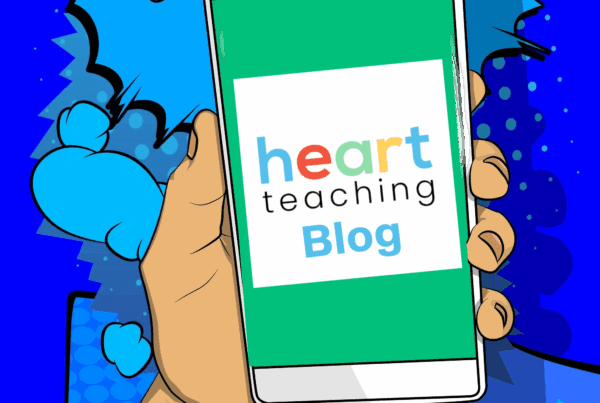 In the diverse landscape of the UK classroom, teachers often find themselves faced with the challenge of catering to students with a wide range of abilities, strengths, and learning styles. Differentiating instruction is the key to ensuring that all students, regardless of their abilities, can engage meaningfully and achieve their full potential. In this blog, we’ll explore practical and effective strategies for differentiating instruction in a mixed-ability classroom setting.
In the diverse landscape of the UK classroom, teachers often find themselves faced with the challenge of catering to students with a wide range of abilities, strengths, and learning styles. Differentiating instruction is the key to ensuring that all students, regardless of their abilities, can engage meaningfully and achieve their full potential. In this blog, we’ll explore practical and effective strategies for differentiating instruction in a mixed-ability classroom setting.
- Understanding Differentiation: Differentiation is about customizing teaching methods and content to accommodate the diverse learning needs of students. It aims to provide multiple pathways for students to access and engage with the curriculum.
- Assess Prior Knowledge: Begin by assessing each student’s prior knowledge and skills. This helps you identify where individual students might need extra support or more challenging material.
- Flexible Grouping: Group students strategically based on their abilities and learning needs. Flexible grouping allows for collaboration, peer support, and tailored instruction.
- Tiered Assignments: Create tiered assignments of varying complexity. This allows students to choose tasks that match their skill level or challenge them to reach higher levels of understanding.
- Varied Learning Materials: Provide a variety of learning materials, including different reading levels, multimedia resources, and hands-on activities. This caters to different learning preferences.
- Individualized Goals: Set individualized learning goals for each student. This encourages a growth mindset and empowers students to take ownership of their learning journey.
- Scaffolded Support: Offer scaffolded support, gradually reducing assistance as students become more confident. This helps struggling students build skills and independent learners thrive.
- Flexible Assessments: Allow students to demonstrate understanding through diverse assessment methods, such as presentations, projects, written assignments, and practical tasks.
- Incorporate Technology: Leverage technology to provide interactive and adaptive learning experiences that can be tailored to individual learning paces and preferences.
- Personalized Reflection: Encourage students to reflect on their learning progress and identify areas for improvement. This reflection aids in setting future learning goals.
- Teacher-Student Conferences: Regularly engage in one-on-one conferences with students to discuss their progress, address concerns, and offer personalized guidance.
- Peer Tutoring and Mentoring: Foster a culture of peer support by encouraging stronger students to mentor or tutor their peers. This benefits both the mentor and mentee.
Conclusion: In the dynamic realm of education, differentiating instruction is the cornerstone of promoting equity and inclusivity in the classroom. By implementing these strategies, teachers in the UK can create an environment where every student is empowered to learn, grow, and succeed at their own pace. Embracing differentiation not only enriches the educational experience but also ensures that all students are given the tools they need to thrive in the diverse and interconnected world of today and tomorrow.





